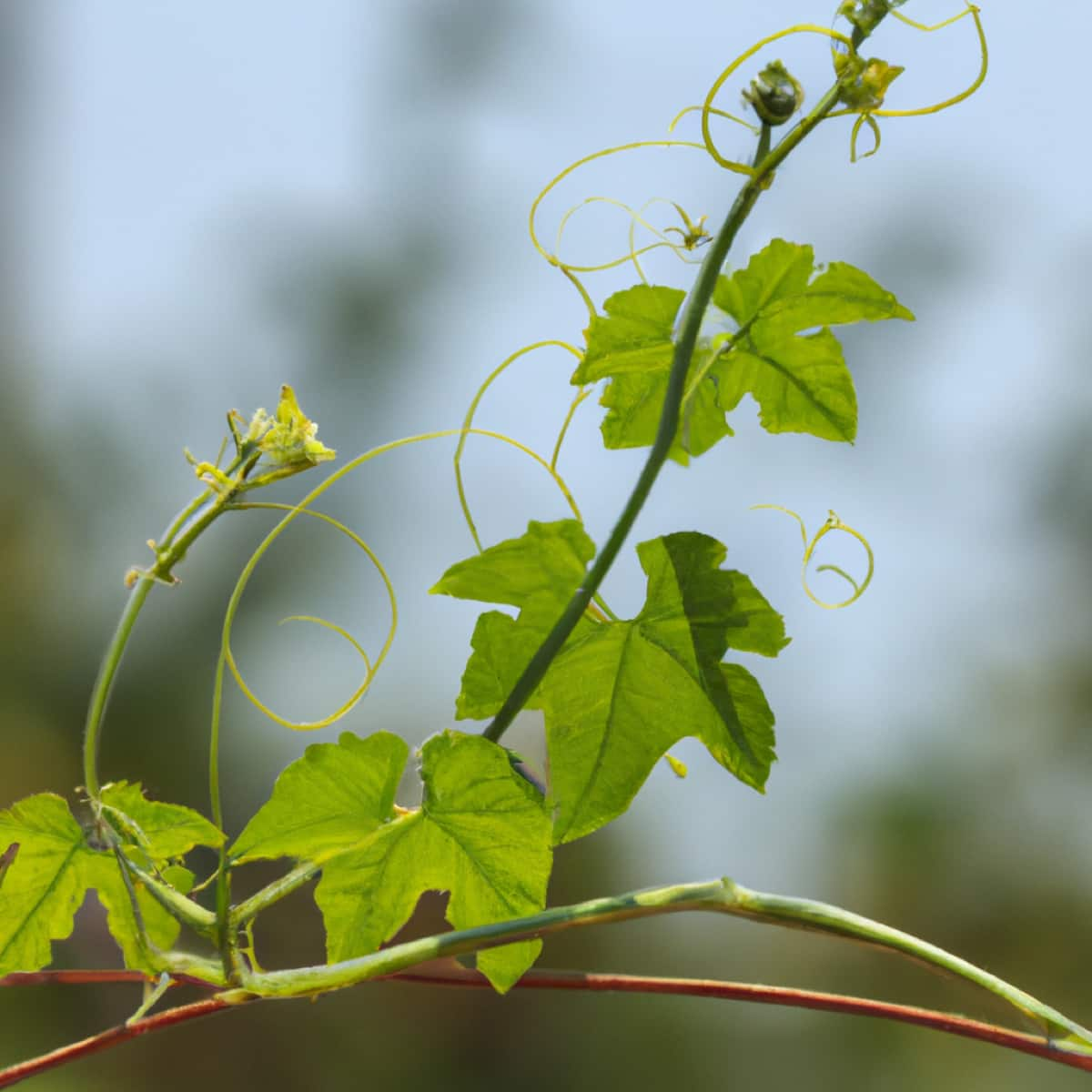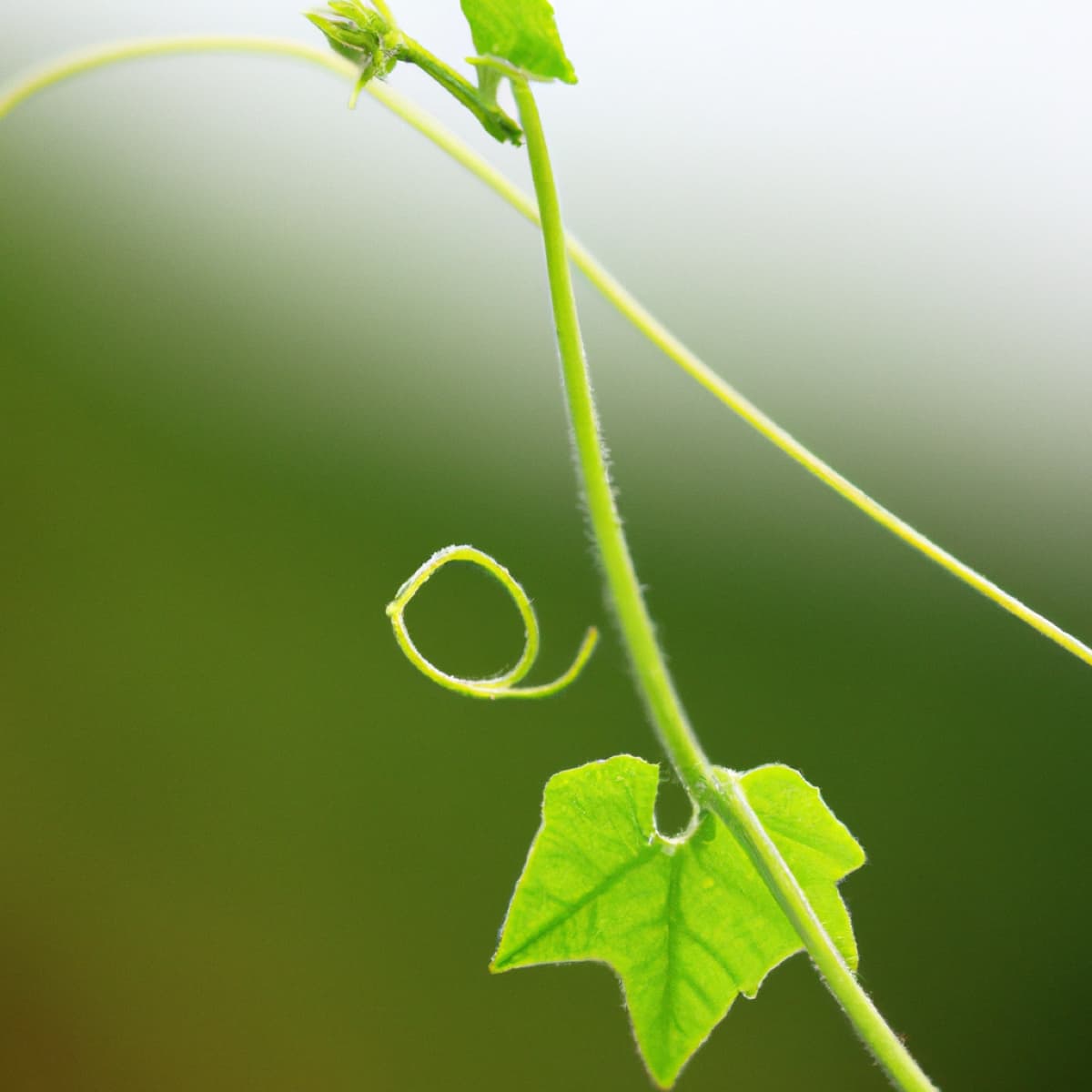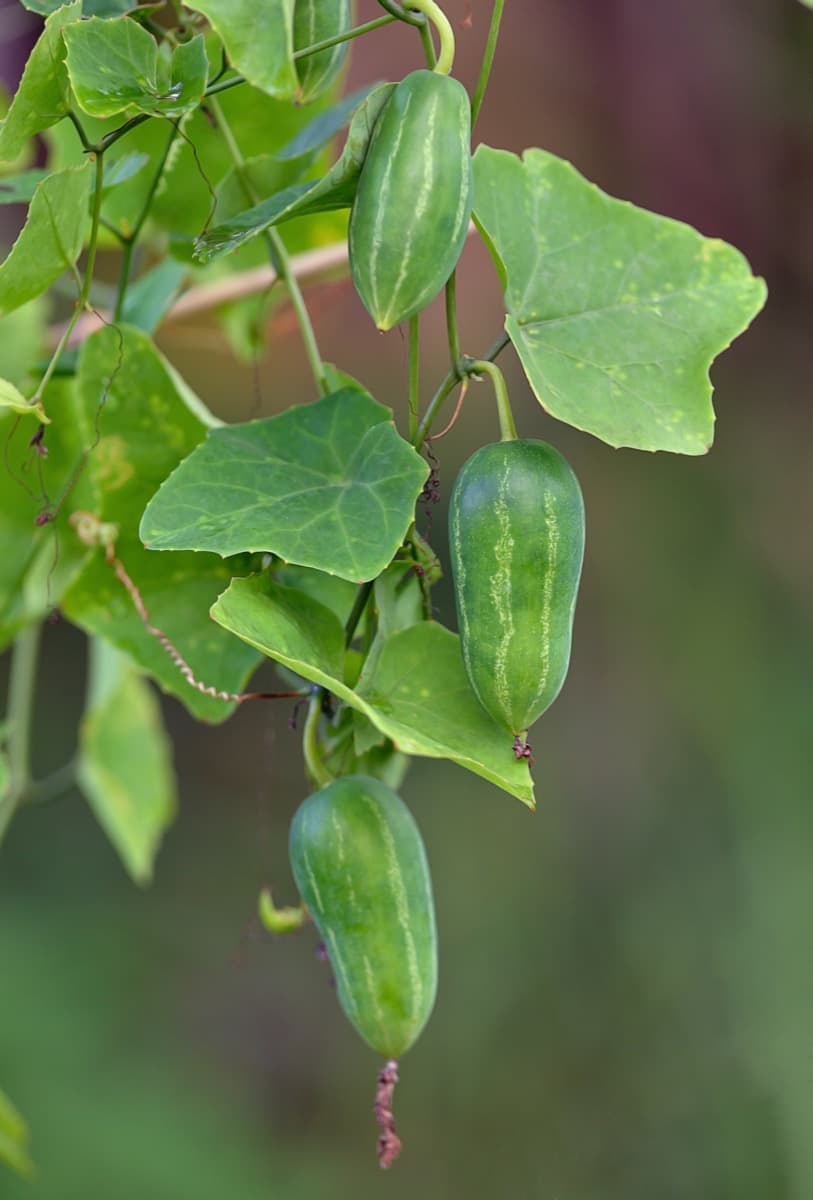Ivy gourds are members of the cucumber family, and they have a taste that is somewhat similar to cucumbers. The only difference is the fruit size, which is about two inches long and much smaller than cucumbers. It is also edible to eat the young leaves of ivy gourd, which are recommended as an alternative to spinach in Thailand. It is usually grown as a vegetable in subtropical and tropical climates in South-East Asia, South Asia, and Africa. Compared to other vegetables, growing in a greenhouse requires less investment and care.

How to Grow Ivy Gourd in Greenhouse/Polyhouse
Soil and Location for Growing Ivy Gourd in Greenhouse
Soils with good drainage, good composition, and sand are best for growing Ivy Gourd. Heavy soils, acidic soils, and alkaline soils should be avoided. When the soil pH is 6.0-6.5, this crop produces an excellent crop. There should be enough space around the creeper for a pole or trellis, and it prefers full sun. Plant your cutting near the support structure so your ciphers can climb vertically. In acidic, neutral, or alkaline soils, ivy gourds grow until they get nutrients and strong sunlight. It can be placed in an open garden or a large container.
Temperature Requirements for Growing Ivy Gourd in Greenhouse
A humid climate is the best for growing Ivy Gourd vegetables. Temperatures between 20 and 32°C are ideal for this. You get the best quality and production at this temperature. Vegetables such as this can be grown throughout the year. However, rain and summer are the best weather conditions for its fruiting. The plants can grow well in USDA hardiness zones nine and above, and they can also be grown in cooler areas on warmer days in the summer.
Climate Requirements for Growing Ivy Gourd in Greenhouse
Tropical climates are ideal for growing ivy gourds. These plants must receive complete sunlight to develop properly. Whatever the case, the crop shouldn’t be exposed to extreme climate conditions. During the winter, this crop needs to be protected from extreme cold. Too much rain can damage Ivy Gourd Crop, but moderate rain is sufficient to grow it.
Growing Ivy Gourd From Seeds
- In the nursery, seeds are planted directly in the ground, and you can transplant them to the appropriate area after they have been transplanted. 3-4 weeks are usually required for its seeds to germinate.
- Choose a site with full sun exposure. After the soil has been tilled well, a lot of compost or well-rotted manure should be added to the planting site.
- You should plant the young plants in the same way you usually do. Seedlings should be spaced sufficiently apart.
- When transplanting, install a pole or trellis near the plant.
- After planting, when roots and leaves have developed, you can place them in the ground if you are developing control conditions inside the house.
- After planting the plant, make sure it gets enough water. For the main area, you can use any method of sowing. The seeds of this plant do not thicken in the soil very deeply.
- Sowing must be done at a proper distance from the ivy guards.
- It has no specific planting season so you can plant it anytime throughout the year. Ensure the young plants in the greenhouse are protected from harsh environmental conditions.
In case you missed it: How to Grow Ridge Gourd in Greenhouse: A Step-by-Step Guide for Seed to Harvest

Manurial Requirement for Ivy Gourd
Pits should be filled with 4.0 kg of well-rotten farmyard manure, 100 grams of neem cake, 200 grams of DAP, and 100 grams of muriate of potash. As a top dressing, 50 grams of urea are applied 15 cm away from the base after 25 and 40 days of planting. After the second year, debris should be burned, soil should be dug around the plant, leaving 30 cm from its base and 15 cm deep. The same doses of manure and fertilizers are applied the following year. Every year, the basins are cleared and refilled with vermicompost or farmyard manure.
Irrigation Requirement for Ivy Gourd
It is essential to give frequent irrigation to newly planted vines or sprouted cuttings in pits after planting them. The amount and frequency of water required after establishment depend on the soil type and the season. Water stagnation is extremely harmful to plants. Thus, the beds should be sloped to drain excess water. It is generally recommended to apply irrigation every 15-20 days in mild weather and every 5-6 days in summer.
Support the Ivy Gourd Vines Growing in Greenhouse
From the beginning, set up a climbing frame, stake, or pole near the planting area, or it will find its way there, trampling shrubs or covering trees. If you don’t trim the vine, it can grow very tall or large. The height exceeds 13 meters. If you live in a frost-free climate, you can also use it as a pergola plant.
Pruning for Ivy Gourd Growing in Greenhouse
If left unchecked, ivy gourd can grow out of control and become invasive. In this case, it would be best to prune off the stems that grow beyond the limit. Make sure the pruning shears are sharp and well-oiled. Remove fallen stems after pruning to prevent them from rooting. After the fruiting season has ended, you can prune the plant off, leaving only 2-3 feet of the thick bottom stem. It will start growing again from there. Those who live in warm climates can skip pruning the plant if they wish to grow it ornamentally or for privacy.
Pests and Diseases in Ivy Gourd
Usually, ivy gourds are tough, strong climbing vegetables unaffected by serious pests or diseases. You should also watch for common garden pests like aphids, mites, thrips, and whiteflies. Pesticides and herbal remedies can be used to eliminate the infestation if it is severe.
Weeding in Ivy Gourd Growing in Greenhouse
Its branches touching the ground can root and start new plants; ivy gourds are invasive plants. When seeds fall to the ground, they can germinate aggressively. Avoid this situation by removing the fallen fruits, picking up the trimmed stems, and not letting the branches touch the soil. Plant it in a container as an alternative.
Harvesting and Yielding of Ivy Gourd
Ivy gourds begin flowering and fruiting 10 to 12 weeks after planting, and fruiting continues for longer. Generally, fruiting occurs from February until November, but the maximum yield is obtained between July and November. Two or three pickings per week are usually sufficient to obtain tender fruit of excellent quality. During the harvesting stage, the color of the leaves changes from dark green to bright or light green. The vines should be protected during harvesting to minimize injury.
In case you missed it: Greenhouse AI Agriculture: Get a Boost for Improving Productivity and Profitability

Conclusion
An ivy gourd belongs to the cucurbit family. Ivy gourds have fruit that tastes like cucumbers and are related to cucumbers. Fruits are only different from cucumbers because they are smaller and approximately two inches long. In the subtropical and tropical climates of Asia, Africa, and the South-East Asian subcontinents, it is commonly produced as a vegetable.
- Feed Your Flock for Less: Top 10 Tips to Save on Chicken Feed
- Ultimate Guide to Ossabaw Island Hog: Breeding, Raising, Diet, and Care
- Hatching Answers: The Top 10 Reasons Your Chickens Aren’t Laying Eggs
- Eggs and Economics: Breaking Down the Cost of Raising Backyard Chickens
- Defend Your Greens: Proven Methods to Keep Iguanas Out of Your Garden
- Ultimate Guide to Cinnamon Queen Chicken: A Comprehensive Guide for Beginners
- Ultimate Guide to California Tan Chicken: Breeding, Raising, Diet, Egg-Production and Care
- Ultimate Guide to Marsh Daisy Chicken: Breeding, Raising, Diet, and Care
- 10 Types of Chicken Farming Businesses You Can Start for Profits